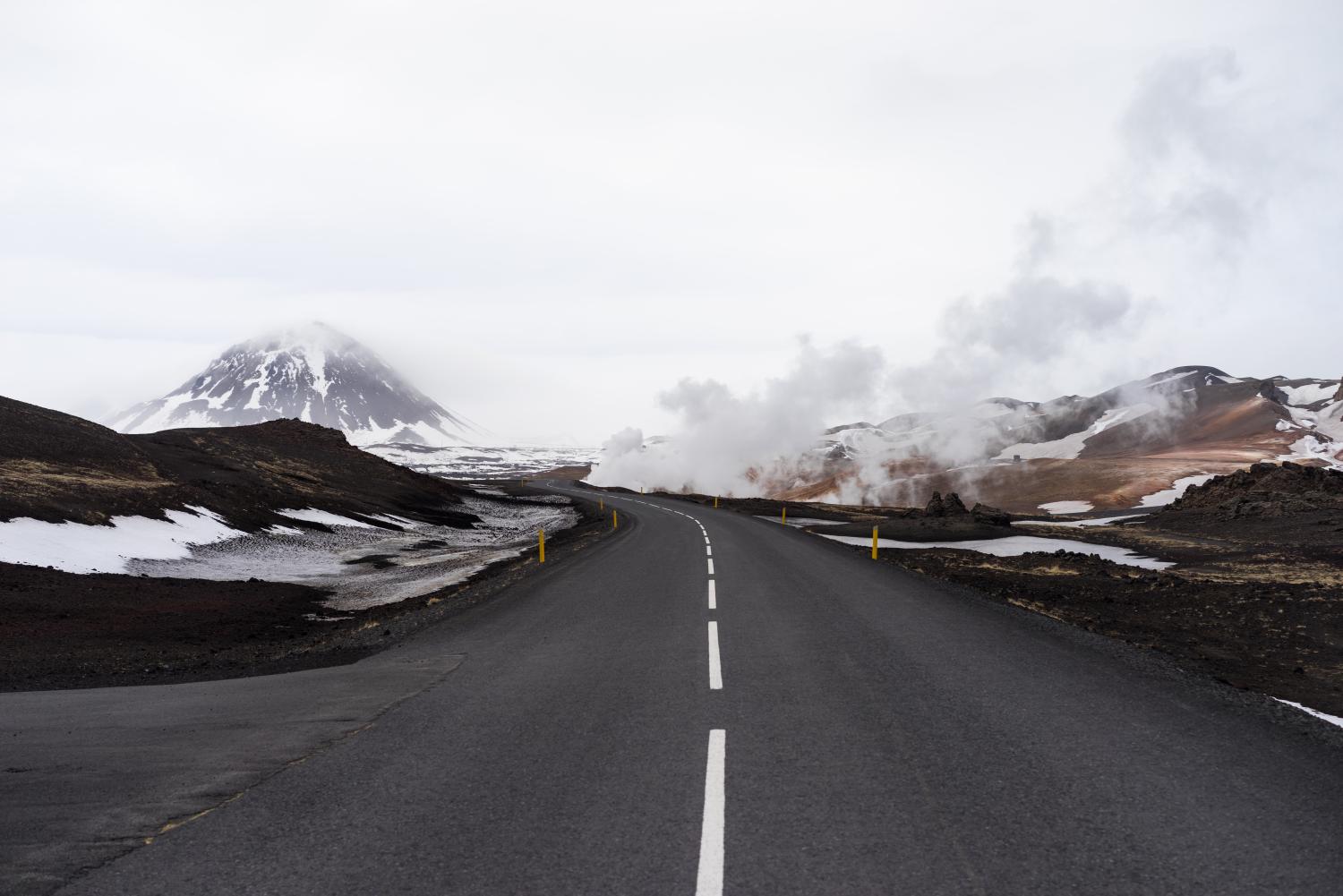America’s aging infrastructure is slowing economic growth. Repairing what already exists and expanding it to meet our modern economy is a multi-trillion dollar effort. Despite wide-spread acknowledgement of the problem across the political, business, and labor spectrum, a serious effort has been lacking. The federal gas tax, the main source of federal road infrastructure funding, has not been increased in over 20 years. States and localities can only do so much without Uncle Sam and when the federal government acts, it is often in a siloed fashion without producing incentives for smarter investment.
The solution is three simple words: Invest. More. Wisely. First, the next president needs to frame infrastructure as an investment, not as spending. This means realigning incentives and programs to maximize return on investment, not to just seek out shovel-ready projects. Maximizing investment can be achieved through enhancing the Transportation Infrastructure Finance and Innovation Act (TIFIA) and reinstating the Build America Bonds (BABs) program as detailed here.
The solution is three simple words: Invest. More. Wisely.
Beyond TIFIA and BABs, the next Administration needs to work with state and local governments to support more private sector investment in infrastructure through adopting a project finance model. There are many quality infrastructure projects waiting to get built throughout America that would attract private capital if we were able to change the paradigm of how infrastructure investment occurs. Our current set of policies push states and localities to use traditional municipal balance sheet financing, in which borrowing is generally taken without a direct link to the outcome of the project which it is funding. This fails to incentivize full maximization of infrastructure assets and discourages certain types of private investors such as pension funds. Project finance, which is used far more widely outside the U.S., provides greater opportunity and use of private capital and better aligns incentives for infrastructure operators (usually state or local governments or infrastructure agencies) to maximize economic returns. For example, consider the deal done between the state of Connecticut and Carlyle, the private equity firm that owns Dunkin’ Donuts. In exchange for the concession to operate the rest stops along the highway the firm will contribute money to invest and maintain that section of Interstate 95. This should be a win-win for motorists who will get a better, smoother and faster trip along with more efficiently operated rest stops. The Bipartisan Policy Center’s Executive Council on Infrastructure has detailed many of these challenges and solutions to enhance project finance and public-private partnerships that the next Administration and Congress can undertake, along with state and local governments, which is where the rubber usually meets the road.
Investing more requires political courage. Infrastructure has historically paid for itself, mostly through direct user fees – the gas tax for roads and subways, the harbor maintenance tax for ports, aviation fuel and ticket fees for airports, etc. In fact, infrastructure taxes are sometimes increased to pay for the rest of the government. For example the last time the gas tax was increased in 1993, the money was used for budget reduction, not infrastructure. It did not get directed back to roads and subways until 1998.
Why infrastructure should have to pay for itself as opposed to other government programs which are not self-funded is more of a political than economic question. The next Administration is going to need the courage to either raise more revenue from one of three places: infrastructure users, other tax changes (such as repatriation of foreign corporate taxes), or greater deficits.
Why infrastructure should have to pay for itself as opposed to other government programs which are not self-funded is more of a political than economic question.
A bipartisan proposal to change the gas tax from a flat rate to one that moves countercyclically with the price of oil is a good place to start. Authored by a bipartisan group of former policymakers (Gov. Tom Ridge, Sen. Bill Bradley, and Comptroller General David Walker), the idea is that the gas tax would be raised when gas prices are low, like today, and when the price of gas spikes upward, to lower the tax. This change would help working families avoid sudden spikes in the price of gas and create more stable, longer-term prices to help in budgeting for expenses. It would also lower the political impact of a tax hike, as it could be designed to kick in more when prices fall, and research shows that people react differently to unrealized gains as they do realized losses. Traditional governmental score-keepers dislike this approach because their models take unrealistically simple linear expectations of the price of gas, but we live in the real world, not one of budgetary modellers, where sudden falls in the price of oil do drive up consumption.
Targeting infrastructure investment more wisely is challenging. The temptation is to simply plus-up existing formulas and continue to spread funding thinly between modes of infrastructure that have no incentive to better coordinate. Small simple steps, such as incentivizing localities and state highway departments to only ‘dig once’ so they can coordinate work on sewer and drinking water pipes and road pavement should be low hanging fruit. A more bold approach would be to create a Department of Infrastructure whose mission is to think about economic growth and to focus on linking our various infrastructure modes and networks more efficiently . This new agency could work to reduce federal bureaucracy between existing infrastructure siloes that make it so difficult to connect ports and freight rail, bridges and inland waterways, and allocate funding on the basis of performance and economic analysis as opposed to the number of gallons of gas pumped in a state. The next president needs to make infrastructure a priority – and get America moving again.




